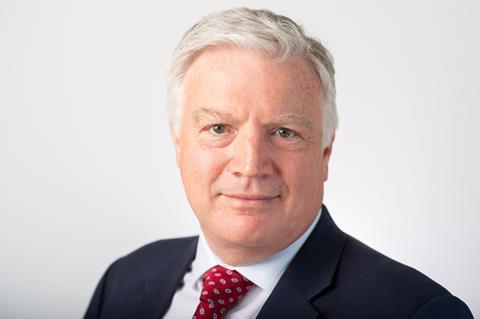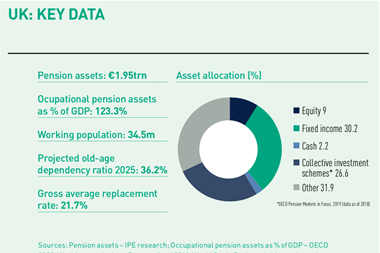The chief executive officer of Clara Pensions, one of two formally established superfunds in the UK, has likened the point of working through the pension regulator’s rigorous assessment to “you train hard so you fight easy”.
Speaking on a virtual Pensions and Lifetime Savings Association (PLSA) conference panel, Adam Saron said The Pensions Regulator (TPR) was being “extremely thorough” in its assessment of Clara Pensions and that the defined benefit (DB) consolidation vehicle was putting in an “immense” amount of work, in particular following the release of the regulator’s interim guidance in the summer.
Responding to a question about whether at least one superfund would be approved by TPR by the end of the year, he said it was “a matter of time” and that Clara Pensions was “super impatient to get that vote of confidence from TPR”.
However, he acknowledged that the regulator needed to do whatever it took for it to get comfortable with the superfund, saying this was crucial from a confidence-building perspective.
“In a sense, the more pain they put us through […] On the other side of the assessment people will have confidence in what’s been done. It won’t free them from doing their own due diligence but it’s got to indicate a certain standard has already been met and for the medium to longer term that will be helpful for us.”
The announcement of a first superfund transaction is keenly anticipated in the UK pensions industry, with regulatory approval of the individual entities themselves a precondition for this.
David Fairs, executive director for regulatory policy, analysis and advice at TPR, confirmed that the regulator had not yet completed the first stage of the assessment process for either of the two superfunds – Clara Pensions and The Pension SuperFund. The first stage is about their people, systems and processes, and financial sustainability and capital adequacy, with the second stage being about individual transactions.
“Everyone wants to know when we’re going to finish that assessment but from our perspective it’s really quite simple,” said Fairs. “As soon as a superfund gives us all the information we set out in our guidance to our satisfaction then that’s the point we’ll say they’re open for business.”
“But to be clear this is an extremely rigorous process and we are not going to compromise on the standards and guidance we have set out.”
He said that because the DB superfunds regime was an interim one TPR was looking for all the necessary details to be captured within the governing documentation of the superfund.
Trustee expectations, choices
TPR is due to next week publish its guidance setting out its expectations of trustees with respect to using a superfund.
Fairs said the regulator expected trustees to weigh up the options of running off their scheme or transferring to a DB master trust “but we don’t see that trustees will have a choice of either doing a fully insured buyout or transferring to a superfund”.
“If a pension fund is sufficiently well-funded that it can achieve a fully insured buy-out that is what we expect it to do,” he added, later referring to the prospect of a fully insured buyout “in the very near future”.
TPR’s guidance for trustees would be “proportionate”, Fairs said, adding that at its heart it was about trustees needing to think about what was right for members.
With regard to the impact of the coronavirus pandemic, Fairs said a number of employers with potentially weakened covenants were looking at superfund structures, with trustees considering them “because they see swapping their existing employer covenant for a financial covenant may be the right thing to do for their particular scheme”.
He said the regulator was expecting an increase in restructurings and insolvencies in the coming months and that trustees of well-funded schemes that fall into the Pension Protection Fund (PPF) assessment period may face an “interesting dilemma”.

“If they go for a fully insured buyout maybe they can secure 91% of members’ benefits, but if the funding is right and the structure is right maybe a superfund could take that scheme on with a view to providing full benefits,” said Fairs.
Clara Pensions’ Saron said superfunds could come to the rescue of pension schemes before they fall into the PPF but that restructurings before an eventual insolvency was the time when trustees and lenders should think about a covenant exchange, as insolvency situations tended to be “very fraught and happen very quickly” and a consolidation transaction may not be available if there had not been the right preparation.
























No comments yet